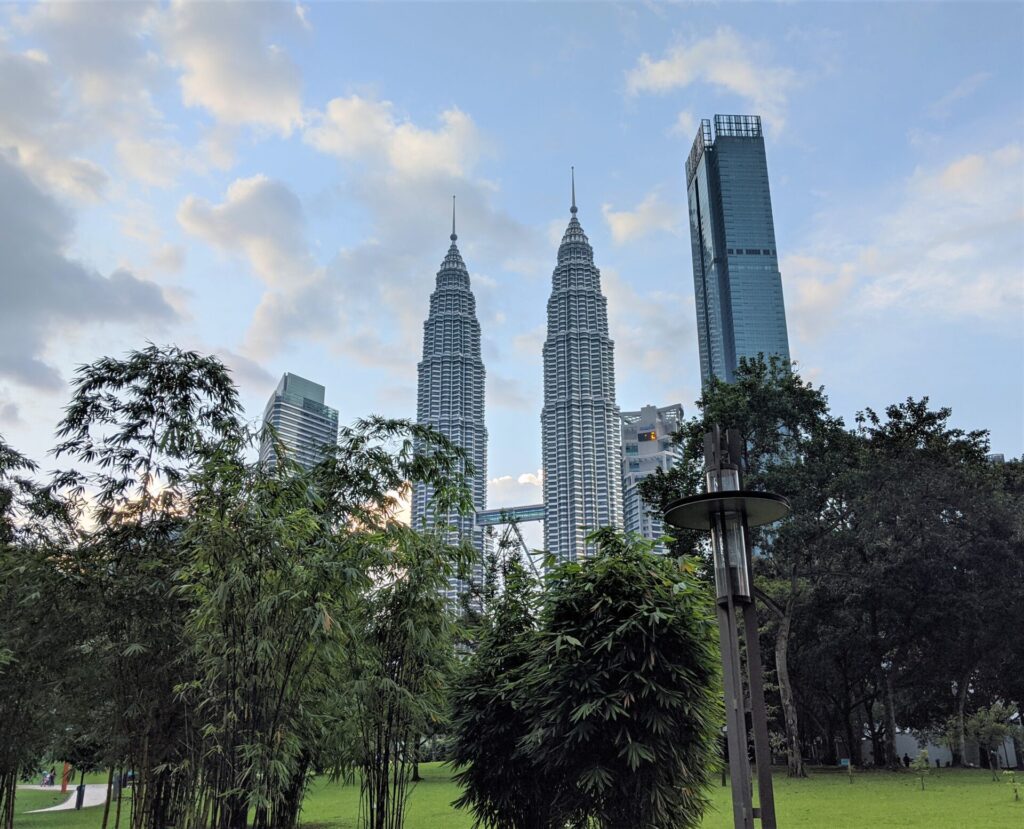
Kuala Lumpur is a cosmopolitan city with a green twist. The downtown area could be mistaken for Chicago or New York at first glance. It’s full of tall buildings, trendy shopping, and plenty of traffic. Yet despite the gigantic skyscrapers of glass and steel, nature still exists here. The sidewalks often pass by huge trees that were here before there was concrete or asphalt surrounding them. The tropical climate means that everything grows fast while frequent rains keep things clean and green. It’s a city that was literally carved out of the middle of the jungle and it shows.
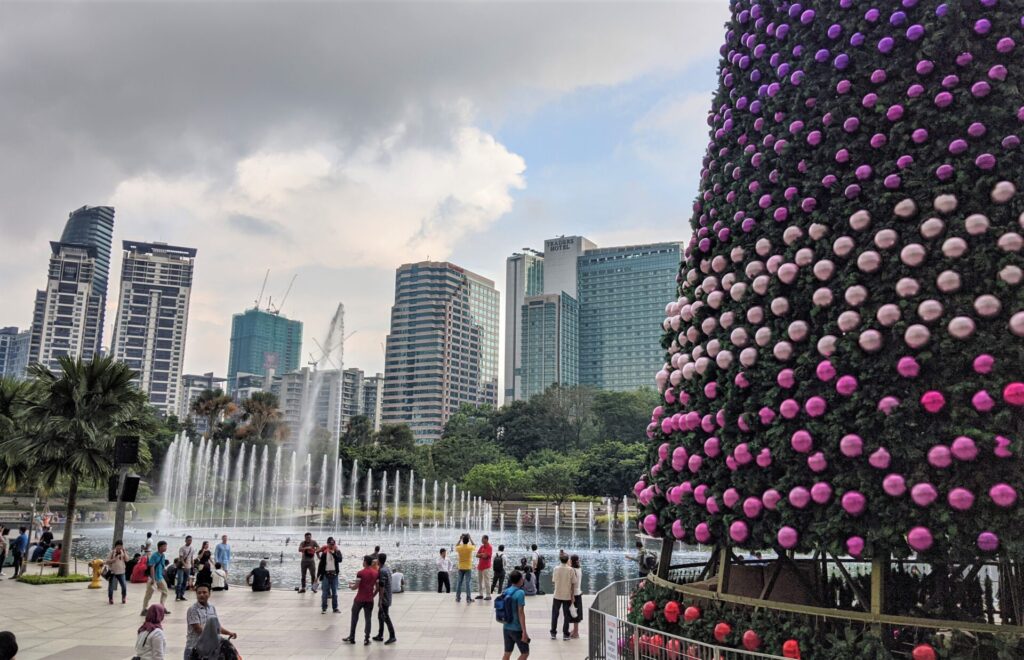
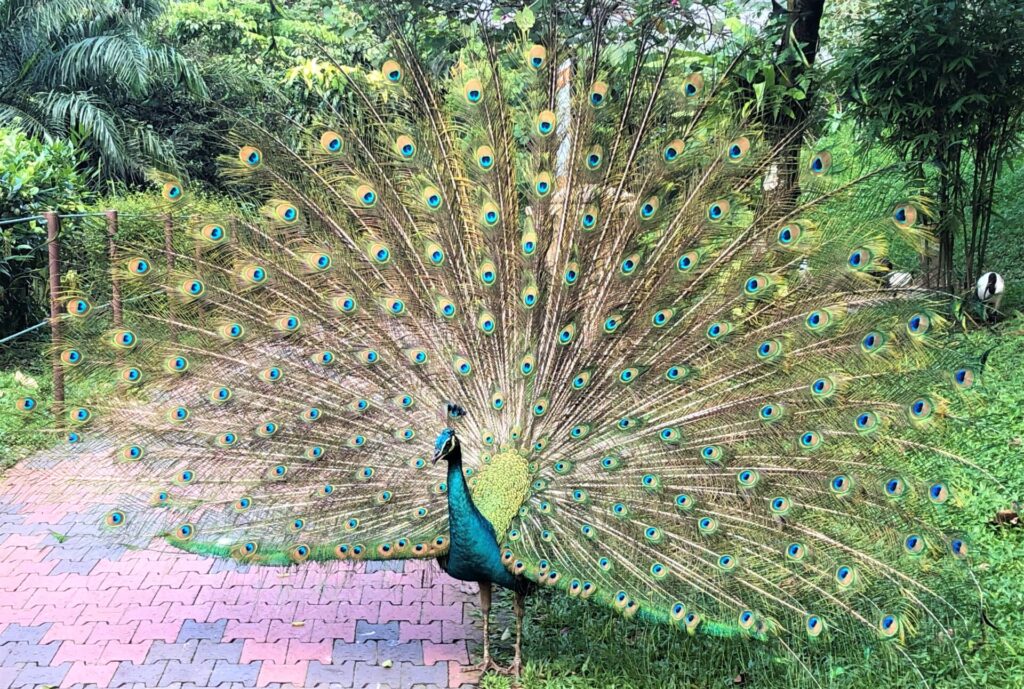
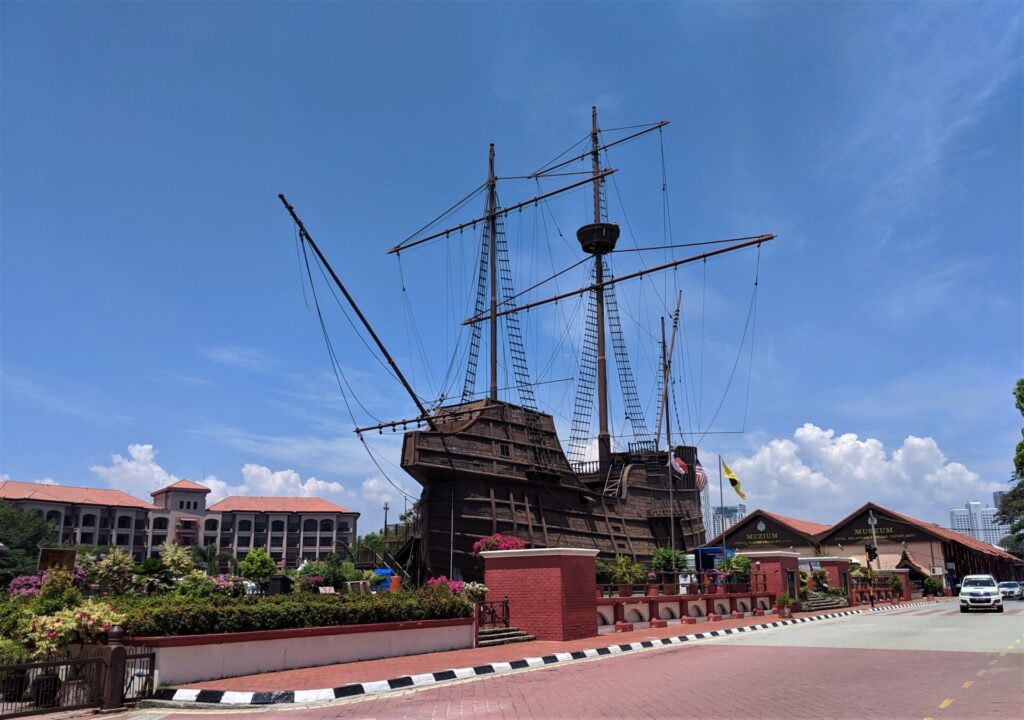
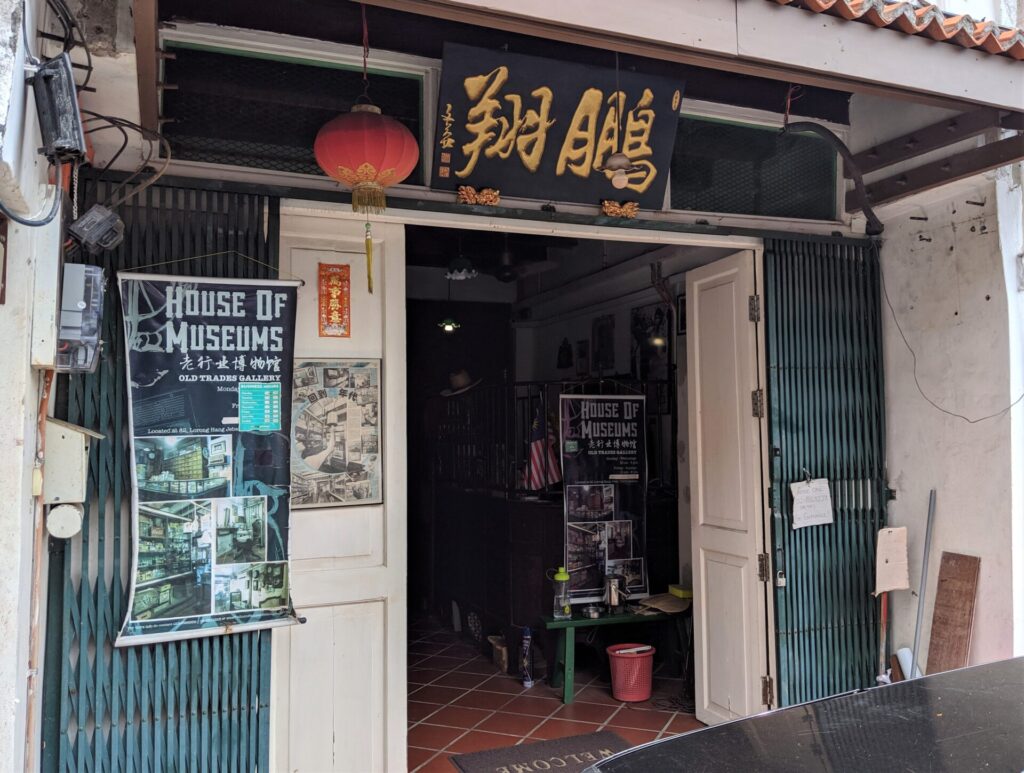
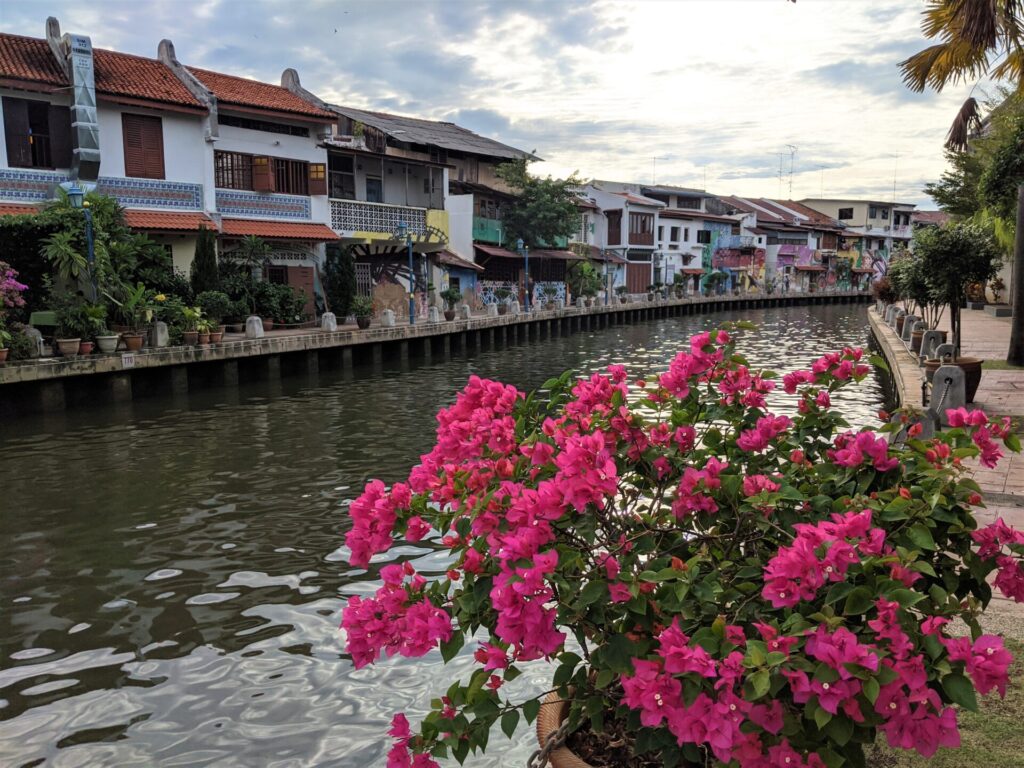
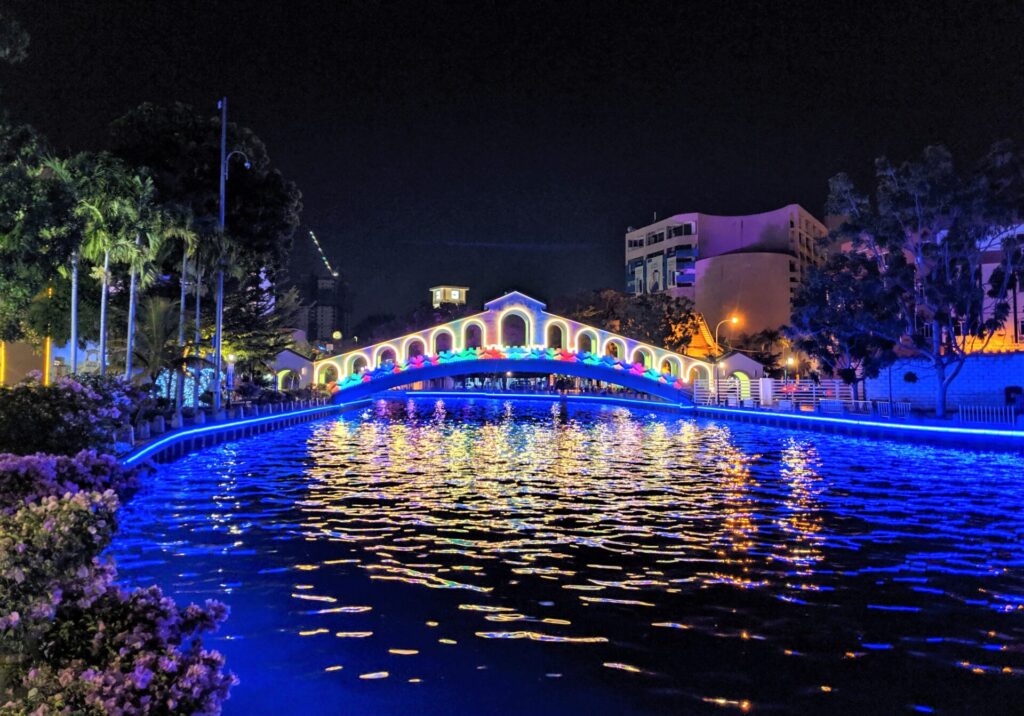
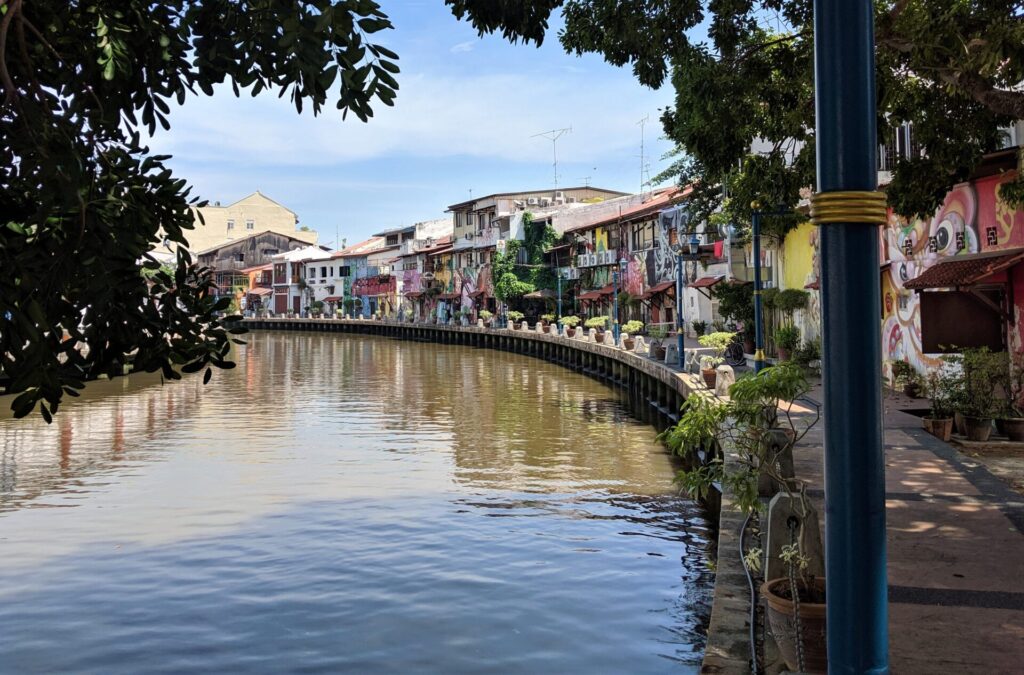
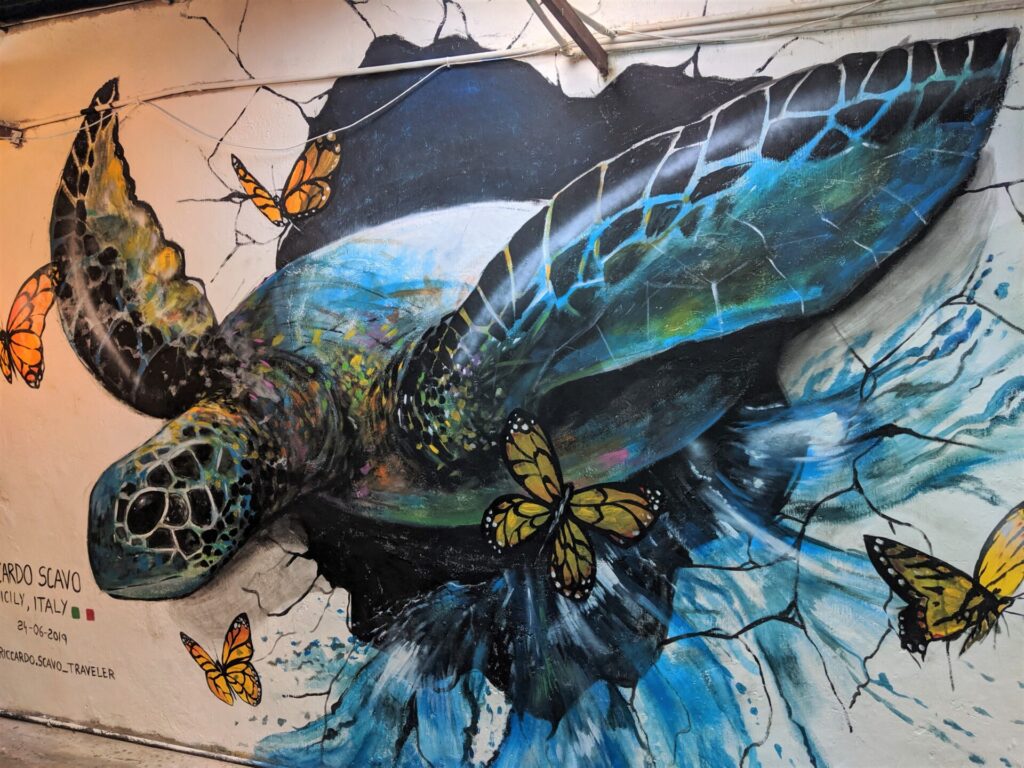
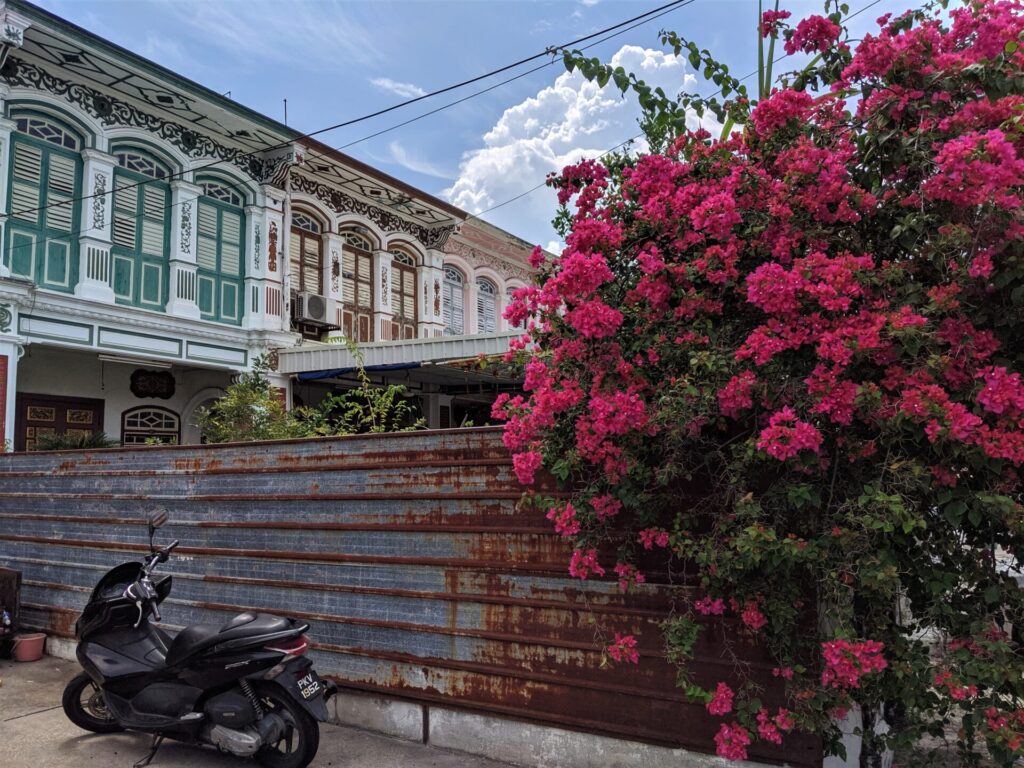
Feeling Social?